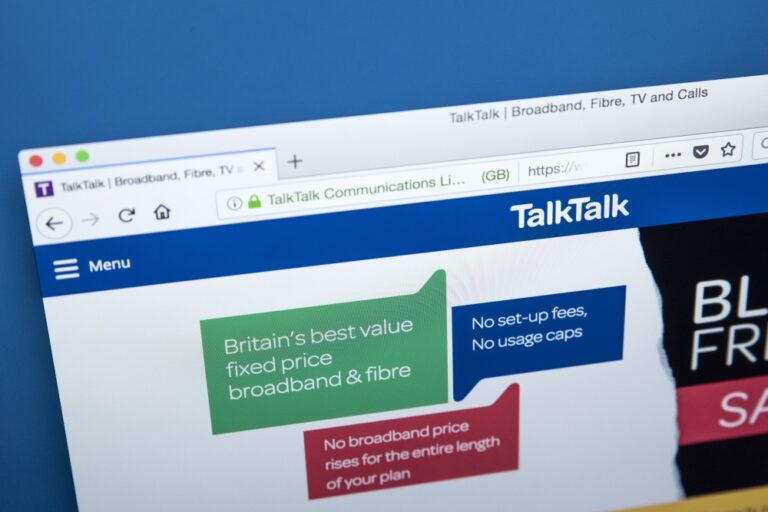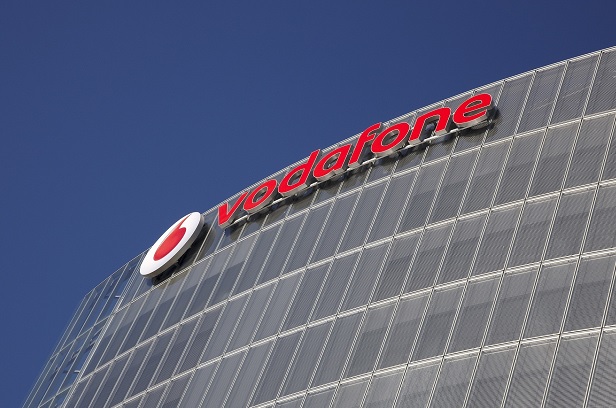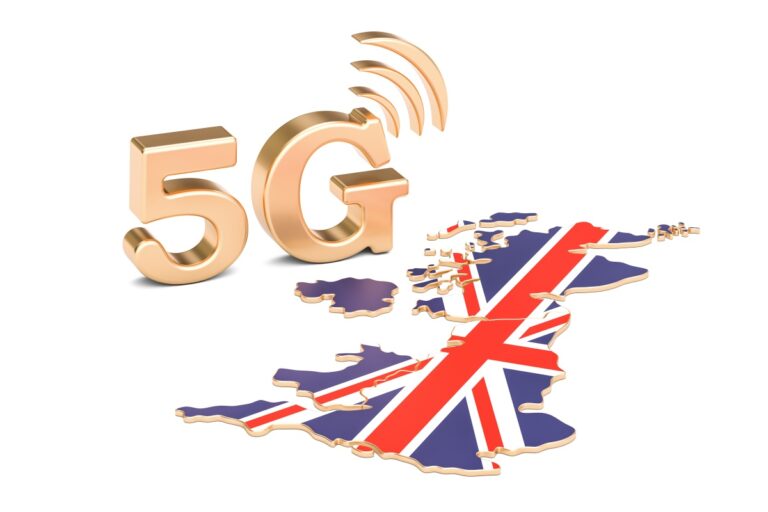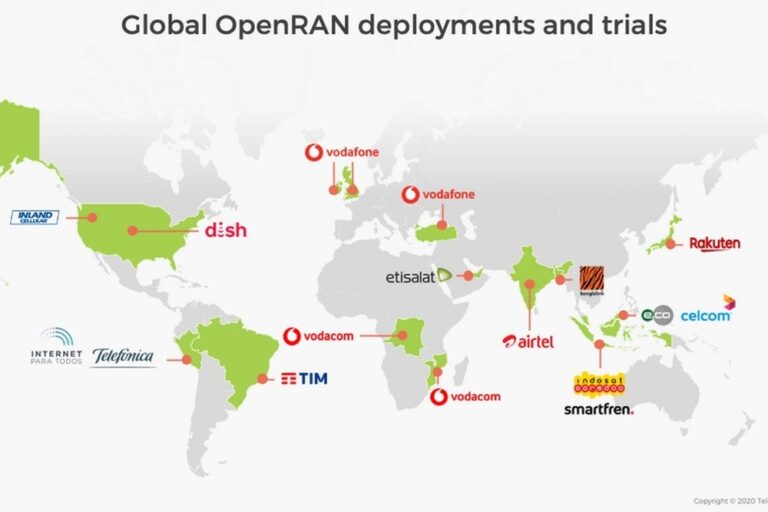One step schlep for bike taxi drivers to get business finance
African FinTech startup ImaliPay, has closed a seed funding round for $3 million to cater for the booming ‘gig economy’ in the continent. Founded in late 2020 in Nigeria, the company’s service is described by African Business Communities (ABC) as a pioneer for giving eRide-hailable drivers and gig workers unprecedented access to working capital. The lack of financial liquidity among gig workers has been identified as a constraint on business growth, since the lack of credit facilities stymies even the most basic business deals. According to ABC the banks have neglected huge swathes of the population and held back the development of economies across the continent.
In transport industry terms the new service offers financial services as a ‘one-step-schlep’, a route to everything they need. The empowering system comprises a single channel, including an application programming interface (API) for gig workers and platforms, letting them power their gigs with services like buy now, pay later (BNPL), insurance and savings.
The African gig economy is likely to have over 80 million workers by 2030, said ABC. ImaliPay ran a pilot in Nigeria which found out that motorcycle taxi riders on Safeboda were interested in the services, even when they had existing accounts with several Nigerian banks. According to ABC’s sources, the ImaliPay platform has filled a gap and allowed for more gig workers to improve their finances.
“Our drive to start and keep ImaliPay soaring is firmly rooted in the impact we would like to make in fostering financial security in the gig economy, serving the underbanked and walking them through a tailored journey of financial inclusion,” said ImaliPay co-founder and CEO Tatenda Furusa. “Having strong partners and investors around the table is a show of good faith that we are building key services for the future of work.”
James Allum, Payoneer’s senior VP and regional head of Europe spoke of an exciting “ripple effect” at many local business events as it becomes apparent that digital firms are stepping to solve business problems and smooth out the kinks in the supply chain. Commerce tech providers can be “change agents” and shift the ways people get their funds and services, adding new efficiencies, said ABC.












